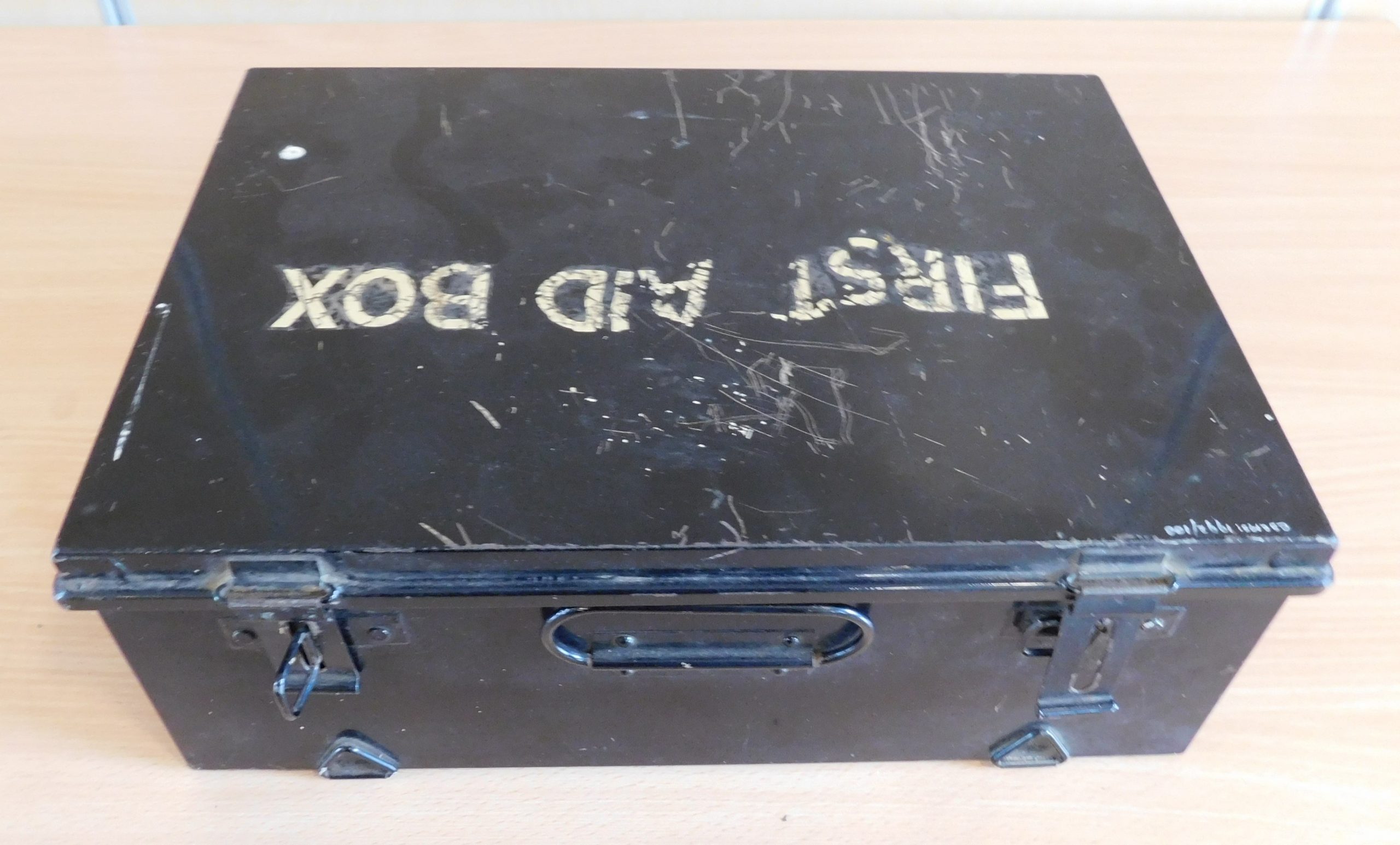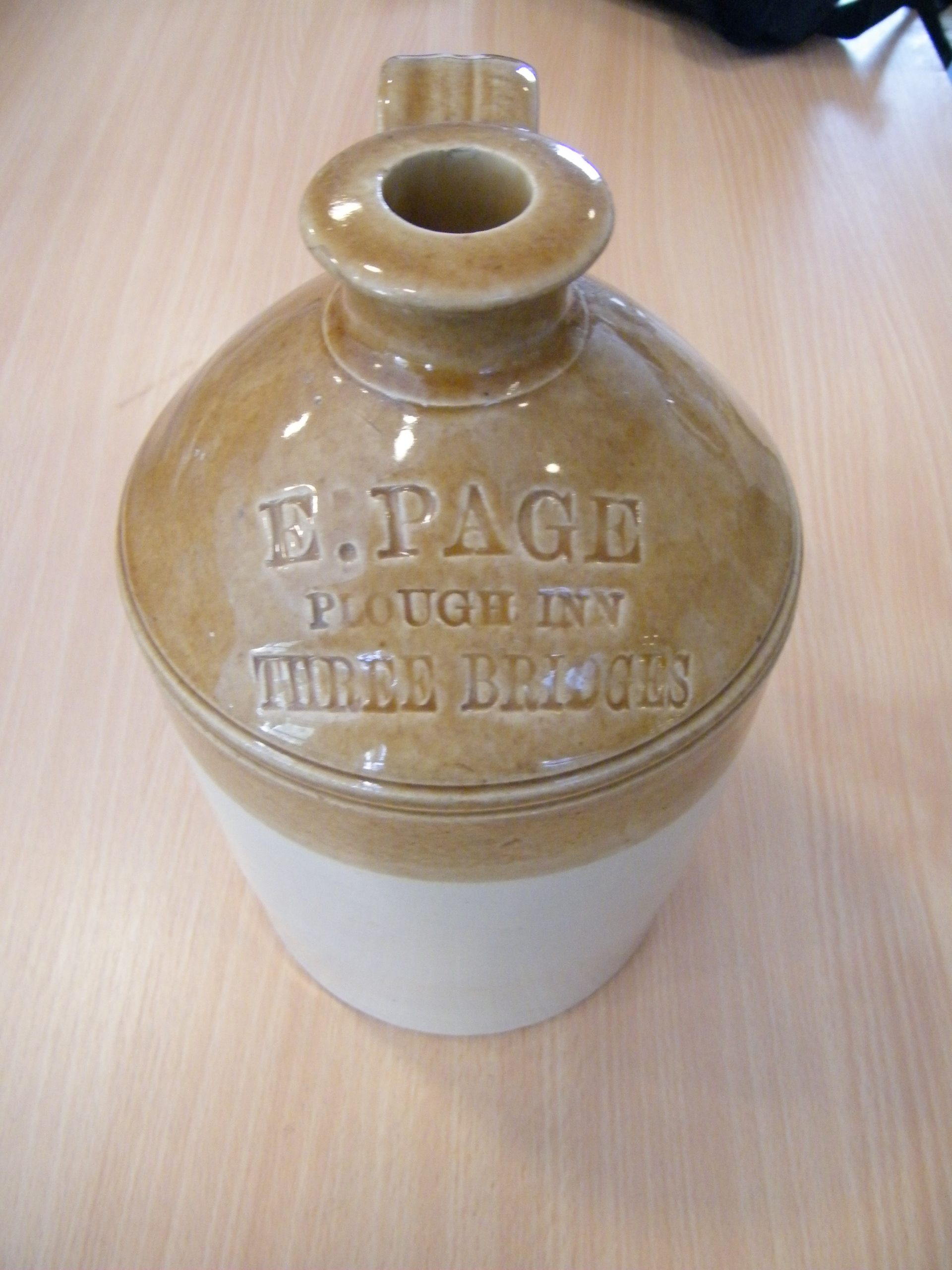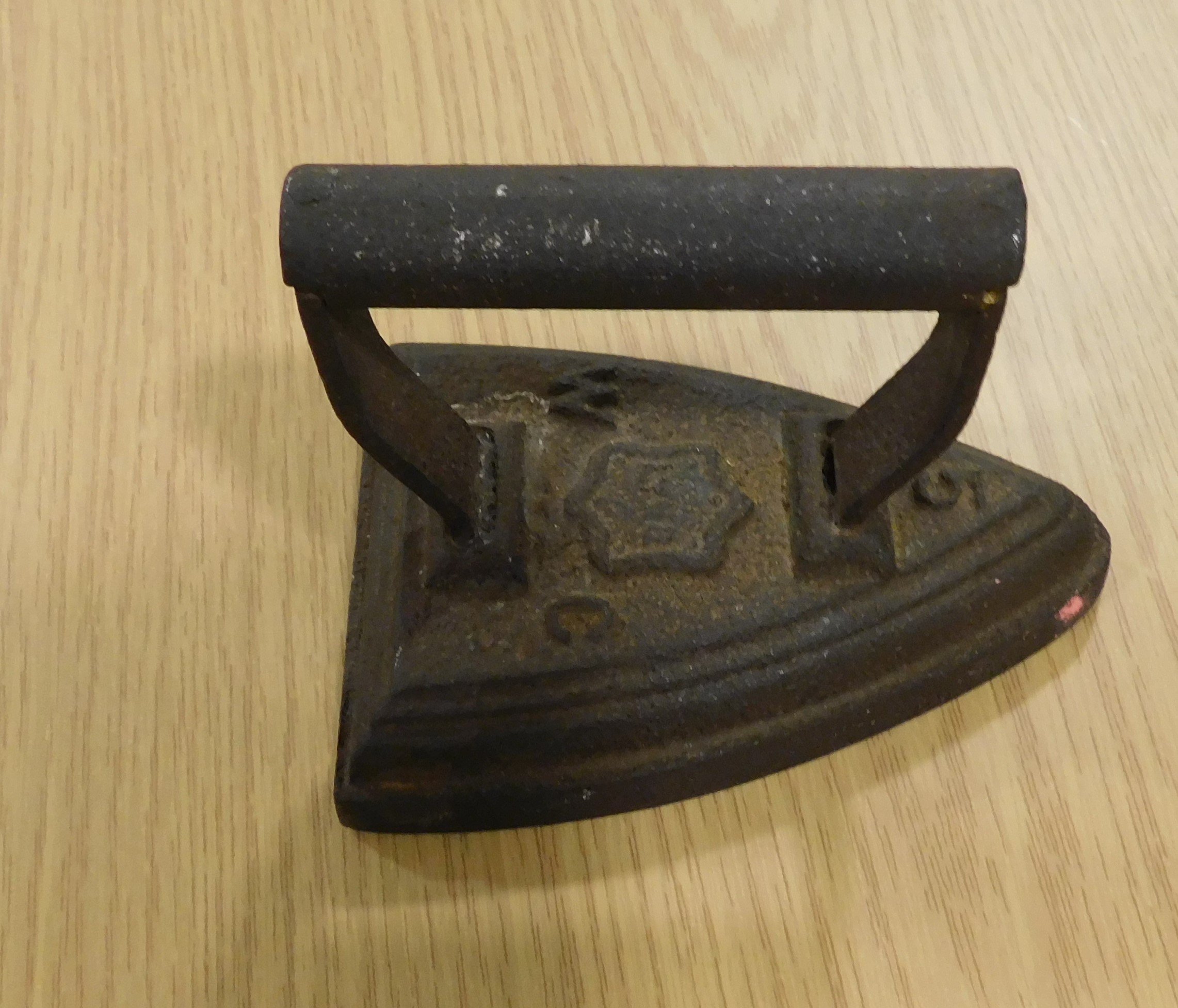
Crawley’s Collections Revealed
1 Nov 2019 - 31 Jul 2021Crawley’s Collections Revealed was a 18 month project funded by Arts Council England. We worked with volunteers and community members to look at and talk about our collections. We want our collection to reflect the diversity of the history of Crawley, and this project and exhibition was about people working together to achieve that.
As part of the project, a group of volunteers worked together to go through the museum’s object collection to make sure that everything was relevant to Crawley. Some items were removed from the collection and dispersed elsewhere. Some objects went to the museums education collection, some to other museums or other organisations and some had to be destroyed for safety reasons.
We also worked with members of the local community to label objects from our collections, and to decide what should be added to our collection.
At the end of the project, volunteers worked with museum staff to co-curate an exhibition.
There was also an online version of the exhibition .
Related project posts
Collections
We had recruited 15 project volunteers at the start of the project, who had been meeting in person with the collections assistant to go through the object collection and identify which objects didn’t belong in the collection. When lockdown first started in March 2020 there was a short break. We then restarted the sessions via Zoom. As the sessions needed to be run from the museum so that the volunteers could see the objects, the curator (who lived locally and was able to access the museum once restrictions allowed) took on the role of showing the objects, although the collections assistant still ran the sessions. Project volunteers said that the weekly sessions were crucial to their wellbeing during lockdown, and they really appreciated the interaction with each other as well as the contribution which they were making to the dispersals process
We identified 2256 objects for dispersal and advertised these via the museum’s Association website, Sussex Museums Group and individual approaches to museum professionals. We knew that some people may have missed out on seeing the lists due to furlough, so we reshared them towards the end of the project to give the objects a greater chance of being rehomed. At the time of writing 330 have been taken by the educational side of the museum to be used for sessions and handling, 1086 have been sent to other museums or individuals and 40 Items have gone in the bin as they were damaged beyond repair. The process of rehoming the dispersal objects is ongoing and we plan to have them all gone by the end of the year. Our object collection is now much more relevant to Crawley, and we have made space in our object store to take in new donations.
Community
Community Engagement.
Community plays a central role at Crawley Museum, and this project was designed to strengthen and enhance that. We had planned to deliver 10 face to face community engagement sessions in which participants selected and labelled objects to be displayed in a cabinet in the museum. 3 of these had taken place before March 2020. When lockdown happened we consulted with our community partners and decided that running online workshop sessions was not appropriate as people had other priorities. Instead, we posted photographs of objects on our website and social media platforms and asked people to write ‘labels’ for them in the comments. These were then printed out and displayed with the objects in the project display case once the museum reopened.
We were able to do one face to face session when the museum reopened in September 2020 and planned to do more. However, subsequent lockdowns meant that these sessions, arranged with our community partners, took place over Zoom. These sessions not only discussed objects from the museum’s collection but also asked participants what else they felt ought to be in the collection. This led to donations that more fully reflect the diversity of Crawley. Examples include taxi badges from the local Kashmiri population, a letter offering employment to an Iraqi refugee, midwifery items from a local midwife who grew up in Barbados, and a plaque commemorating a fundraising event for the local Hindu temple.
Community Panel
The community panel played a key role in designing the project and the content of the engagment sessions and temporary exhibition. The members were all people who had previously worked with the museum and had agreed to be project partners. They represented communities of interest: Diverse Crawley, Crawley Interfaith Network, Home educated and SEND (Special Educational Needs and Disabled) children, and family learning. The community panel originally met in person and then switched to meetings via Zoom before returning to face-to-face meetings towards the end of the project. As well as working in partnership with the museum on the content of the project the panel also wrote their terms of reference and code of conduct. Towards the end of the project the panel also started to be involved in other aspects of the life of the museum, such as helping to write the Business Plan for 2022-26. The panel is now integrated into the structure of the Museum and will continue to act as a critical friend.
Exhibition.
The project ended with an exhibition, designed by the curator, Learning and Liaison Officer and collections volunteers, with input from the participants at the online community engagement workshops. We also created an online version.
While most of the exhibition was based around objects and text, we also made some videos of the project volunteers talking about the chosen objects.
What we learnt
We worked with the community panel and volunteers to evaluate the project. Here are a few end of project thoughts:
• Processing dispersals took longer than expected. The Collections Assistant spent a lot of time processing the lists of objects from the sessions and posting them to different groups.
• It would have been helpful to have the Collections Assistant for longer, as we ran the dispersal sessions right up to the end of their contract, in order to review the whole of the object collection. This meant that other members of staff had to take on a lot of the work of dispersing objects after they had left.
• It took time for the collection volunteers and trustees to understand the difference between items leaving the collection and items leaving the building. A few interesting items were kept for education but left the accessioned collection and this process was not understood from the start.
• We found that due to the pandemic, the weekly sessions for the volunteers were really important for their wellbeing as for some it was the only contact with people outside of their house that they had that day. As such we ensured that at the start of each session there was time for chatting and catching up.
• Although some volunteers did leave the project due to it moving online via Zoom, we also found that these online sessions enabled some volunteers who would not have been able to participate otherwise, due to personal circumstances, to be involved in the project.
• We worked via community groups as an add on to existing activities and events. This worked well as it enabled people to feel at home, and comfortable about participating. However, it was important to explain the nature of the session to them in advance to prevent misunderstandings.
• The decision not to try to run Zoom engagement sessions during the first Covid-19 lockdown (starting March 2020) was a positive one in the long term as it demonstrated to people that we knew that they had other priorities in their lives and therefore strengthened our relationships with them.
• Although free flow discussion sessions about objects can work well, these still need to have an overall structure. Question prompts help the less confident members of groups to be involved.
• We based the community engagement sessions around specific themes (such as faith, lockdown and Crawley). This enabled people to decide whether they were interested in participating, gave a focus to discussion, and helped people select objects of their own to bring along to discuss.
• In Zoom sessions, being able to use the chat box rather than speaking was helpful to those who felt shy about their spoken English but were happy to communicate via writing. This approach is transferable to in person face-to-face sessions.
• Although Zoom sessions went fine, most people felt that they preferred in person face-to-face sessions.
• Having a community panel of only 5 people worked well for this project. However, going forward it’s important to expand the membership to include other communities of interest such as LGBTQ, Mental Health, and young people.
If anyone would like more details, please feel free to get in touch!












